The mesmerizing flick of a snake’s tongue is one of nature’s most recognizable behaviors. While we often observe snakes darting their forked tongues into the air around them, sometimes they exhibit the curious behavior of pressing their tongues against their own scales. This seemingly odd self-directed tongue flicking isn’t random or accidental—it serves several important functions in a snake’s sensory world. From gathering chemical information to maintaining bodily awareness, this behavior offers fascinating insights into serpent biology and behavior. Let’s explore the surprising reasons why snakes sometimes taste themselves and what this behavior reveals about these remarkable reptiles.
The Remarkable Snake Tongue: An Overview
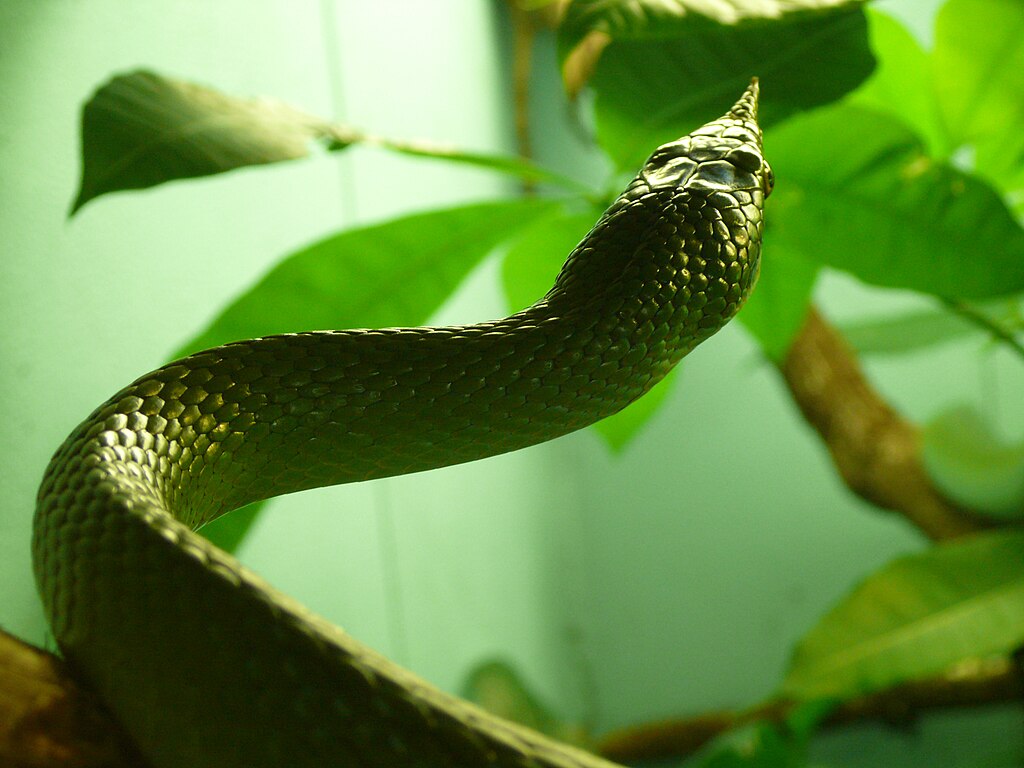
A snake’s tongue is not just a simple muscle but a sophisticated sensory organ that plays a crucial role in how these limbless reptiles navigate and understand their environment. Unlike human tongues, which primarily function for taste and speech, snake tongues serve as chemical collectors that gather particles from the environment. When extended, the forked design of the tongue increases the surface area available to collect these chemical particles. The tongue itself contains few taste buds compared to mammals, as its primary purpose is to transport scent molecules rather than directly taste them. This specialized organ works in conjunction with the vomeronasal or Jacobson’s organ located in the roof of the mouth, creating a sensory system far more sophisticated than our own sense of smell.
The Vomeronasal System: Tasting the Air
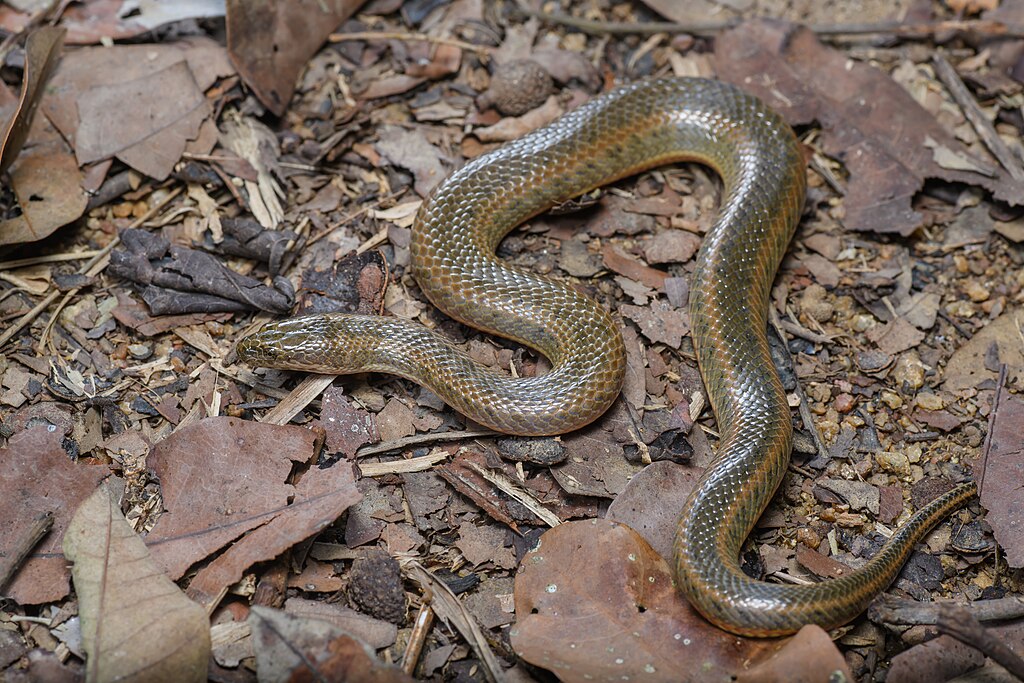
The secret to understanding snake tongue flicking lies in the remarkable vomeronasal system, centered around specialized sensory structures called Jacobson’s organs. Located in the roof of the snake’s mouth, these paired organs open via small ducts and are lined with thousands of sensory receptors. When a snake flicks its tongue, it collects chemical particles from the environment and then retracts it, pressing the tips of the fork directly into the ducts of the Jacobson’s organs. This transfer of chemical information allows the snake to analyze its surroundings with extraordinary precision. The vomeronasal system can detect pheromones, prey odors, predator scents, and environmental chemicals, essentially giving snakes a “chemical map” of their surroundings that’s far more detailed than what humans can perceive with our noses.
Self-Directed Tongue Flicking for Body Monitoring

When snakes flick their tongues onto their own scales, they’re often performing a form of self-monitoring. This behavior helps them gather information about their own body condition, including detecting injuries, parasites, or other potential health issues that might not be immediately apparent through other senses. For example, if a snake has a small wound or irritation, tongue flicking at that area can provide chemical information about potential infection or inflammation. This self-directed tongue flicking serves as a kind of health check-up, allowing the snake to assess areas of its body that it cannot see clearly. In species that regularly shed their skin, this behavior might increase before shedding as the snake monitors the condition of its scales and the progress of the upcoming shed.
Chemical Self-Recognition and Identification
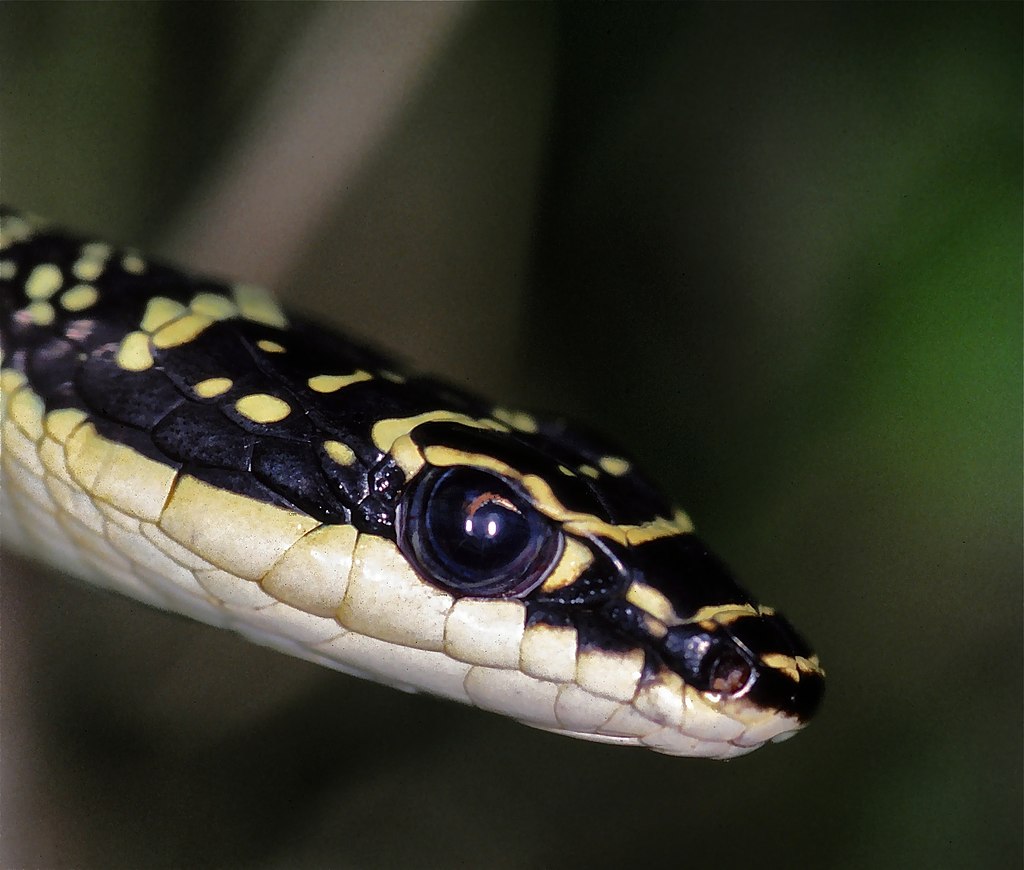
Snakes use tongue flicking against their own bodies to maintain a chemical “self-image” that helps them distinguish themselves from other snakes or animals. By tasting their own unique chemical signature, snakes reinforce their recognition of self versus non-self entities in their environment. This self-recognition is particularly important in species that live in close proximity to other snakes, where distinguishing your own trail from that of another snake could be crucial for navigation or territory management. Research suggests that snakes can recognize not only their own scent but also the scents of relatives in some species, indicating a sophisticated chemical recognition system. This self-tasting behavior may be more common after the snake has been in contact with other animals or unfamiliar environments, helping it to “reset” its chemical awareness.
Pre-Shedding Behaviors and Scale Monitoring
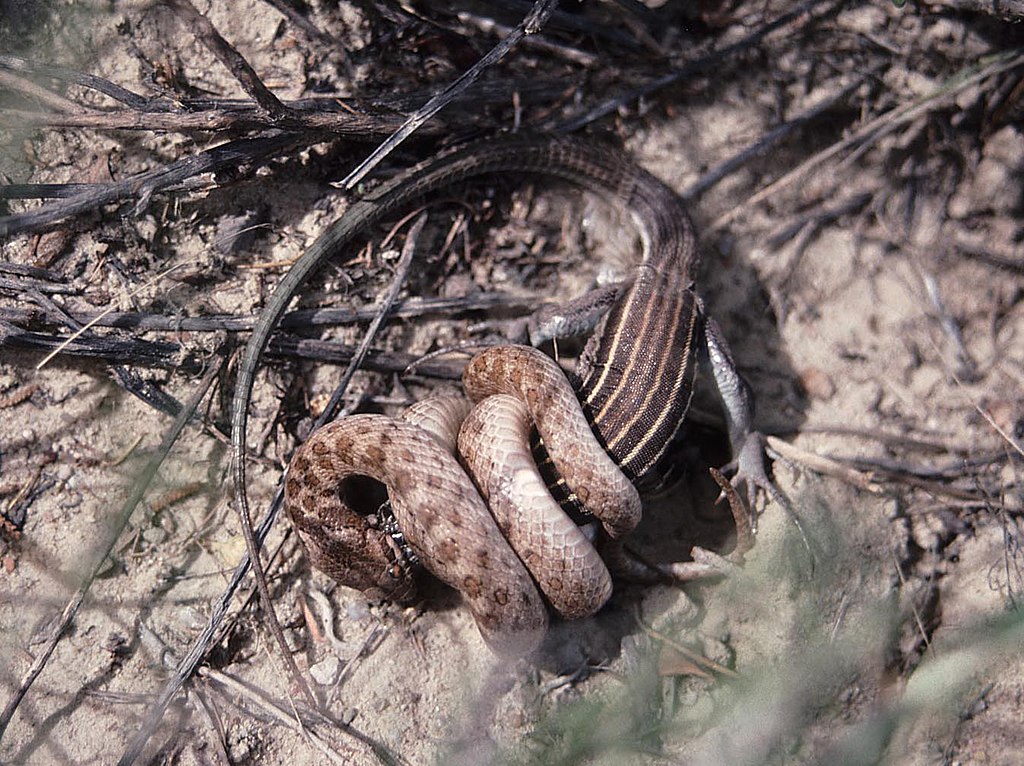
One of the most common times to observe snakes flicking their tongues against their own scales is during the pre-shedding period. As a snake prepares to shed its skin, the old outer layer begins to separate from the new skin beneath, creating changes in the chemical composition of the surface. Snakes increase tongue flicking against their bodies during this time to monitor the progress of the shed and potentially to help determine when the shedding process should begin in earnest. This tongue flicking behavior is often concentrated around areas where shedding typically begins, such as the head and neck regions. Some herpetologists believe this self-directed tongue flicking might also help the snake locate areas where the old skin is ready to break, facilitating the initiation of the shedding process when the time is right.
Detecting Injuries and Irritants

Snakes lack the ability to visually inspect much of their own body, making chemical sensing through tongue flicking an essential tool for detecting injuries or irritants on their scales. When a snake experiences discomfort or pain in a particular area, it may repeatedly flick its tongue against that region to gather more information about the source of the problem. This behavior is particularly noticeable when snakes encounter skin irritants or sustain minor injuries during normal activities like burrowing or moving through rough terrain. The chemical information gathered through tongue flicking helps the snake determine if there’s a foreign substance, parasite, or injury that requires attention, such as soaking in water to remove irritants or adjusting behavior to avoid further aggravating an injured area.
Post-Feeding Self-Examination
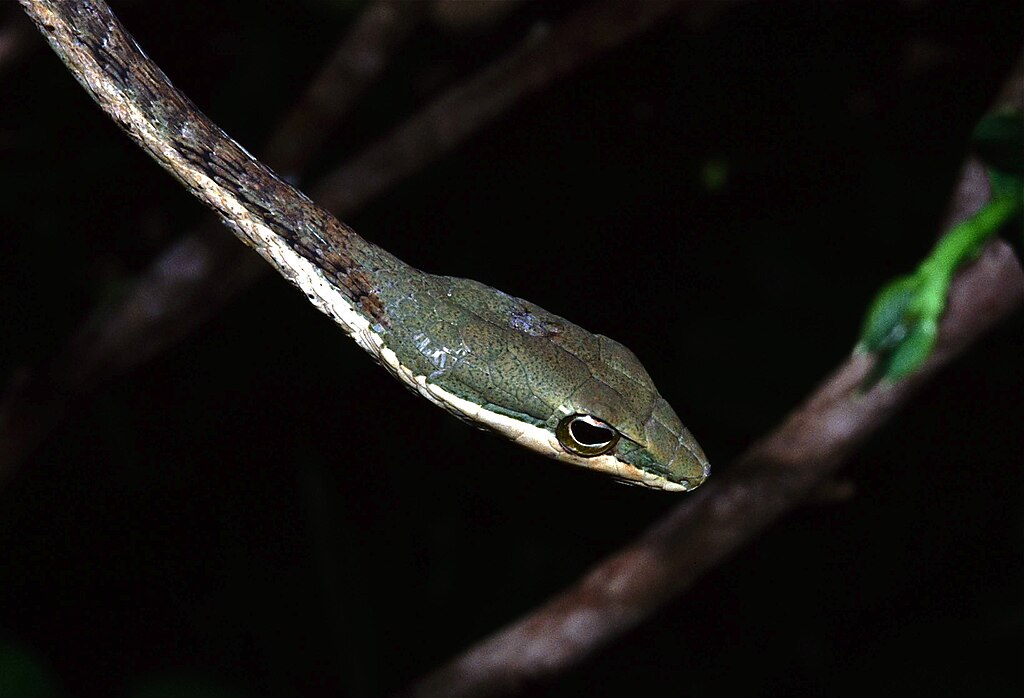
After consuming a meal, snakes often engage in increased tongue flicking directed at their own bodies, particularly around the expanded mid-section where prey is being digested. This behavior serves multiple purposes related to feeding success and safety. The snake may be checking for any residual prey odors that could attract predators during the vulnerable digestion period when movement is limited. Additionally, this self-directed tongue flicking might help the snake monitor the progress of digestion through subtle chemical changes detectable on the outer scales. For larger meals that significantly distend the snake’s body, this behavior could also help the snake assess whether the prey item is positioned optimally for digestion or if adjustments in body positioning might be necessary.
Reproductive Behavior and Hormone Monitoring
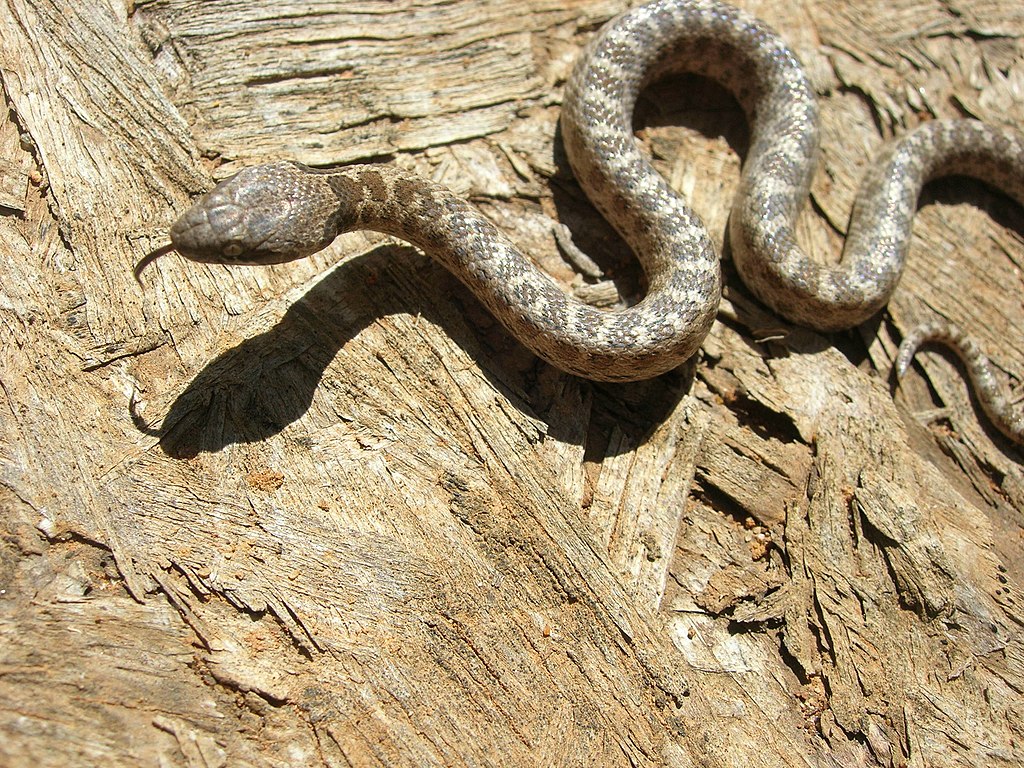
During breeding seasons, snakes show increased rates of self-directed tongue flicking, particularly in reproductive regions of their bodies. This behavior is most notable in female snakes, who may use chemical self-monitoring to track hormonal changes associated with reproductive readiness. Male snakes also exhibit this behavior, potentially to monitor their own pheromone production as they prepare to engage in mating activities. For gravid (pregnant) female snakes, self-directed tongue flicking increases around the posterior portion of the body where eggs or developing young are housed, suggesting they may be monitoring physiological changes related to pregnancy. This chemical self-assessment appears to play an important role in the timing of reproductive behaviors and may help snakes optimize their breeding success.
Stress Response and Environmental Assessment
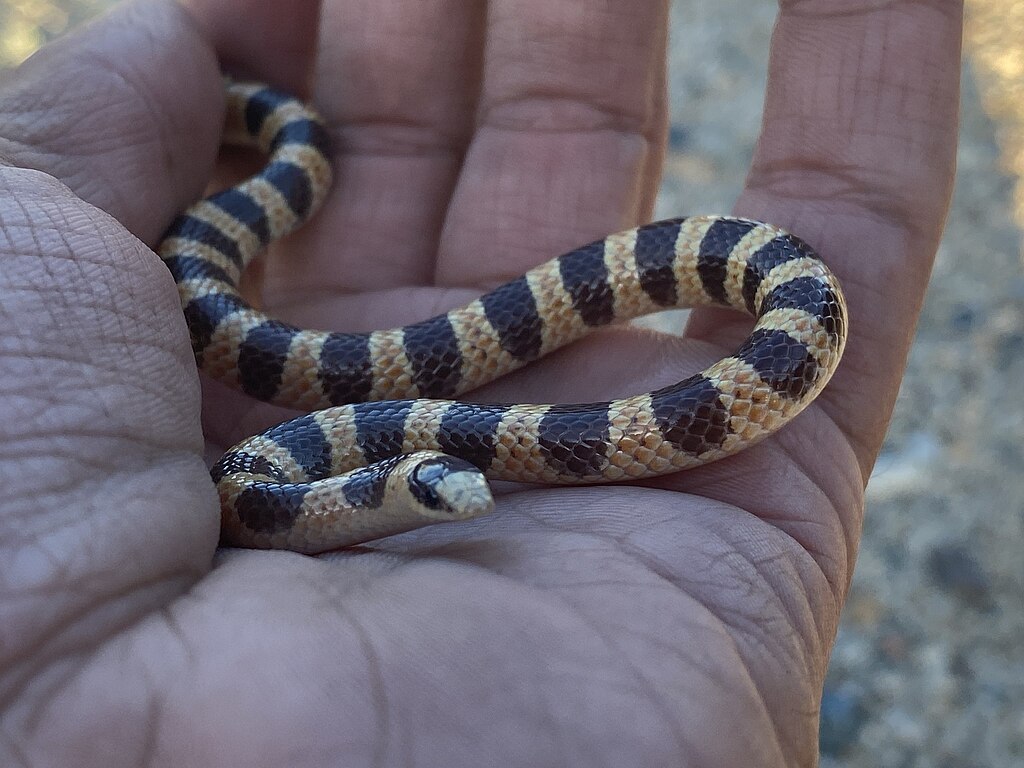
When snakes experience stress, such as during handling by humans or after encounters with predators, they often increase tongue flicking behavior directed at their own bodies. This self-directed tongue flicking may help them assess whether they’ve picked up unfamiliar or potentially dangerous scents during the stressful encounter. The behavior serves as a form of chemical “reset” that helps the snake distinguish between its normal body chemistry and any foreign substances it may have contacted. For captive snakes, this behavior is commonly observed after handling sessions, as the snake works to gather information about the unfamiliar human scents now present on its scales. Wildlife researchers use observations of increased self-directed tongue flicking as one indicator of stress levels in wild snake populations.
Species Variations in Self-Directed Tongue Flicking

The frequency and pattern of self-directed tongue flicking varies significantly across snake species, reflecting their diverse ecological niches and sensory adaptations. Highly visual hunters like many diurnal colubrids (such as racers and rat snakes) may exhibit less self-directed tongue flicking than predominantly nocturnal species that rely more heavily on chemical sensing. Fossorial (burrowing) species often show increased rates of self-directed tongue flicking, as they use chemical information to navigate underground environments where visibility is limited. Venomous species like vipers and elapids may engage in specific patterns of self-directed tongue flicking after delivering a bite, potentially monitoring for traces of their own venom on their scales. These species differences highlight how self-directed tongue flicking has evolved to suit the particular sensory needs and lifestyle of each snake lineage.
Neurological Basis of Self-Directed Tongue Flicking

The neurological mechanisms that drive self-directed tongue flicking involve sophisticated brain circuits that integrate sensory information with bodily awareness. The snake brain contains specialized regions dedicated to processing chemical information gathered through the vomeronasal system, including areas that distinguish between self and non-self chemical signals. When a snake detects an anomaly in its own chemical signature through self-directed tongue flicking, neural pathways trigger appropriate behavioral responses, such as increased grooming behaviors or seeking water to soak. Research using advanced imaging techniques has revealed that self-directed tongue flicking activates different neural circuits than environmental tongue flicking, suggesting this behavior is neurologically distinct. These specialized neural pathways demonstrate how deeply integrated chemical self-monitoring is within snake neurobiology.
Implications for Snake Health and Captive Care
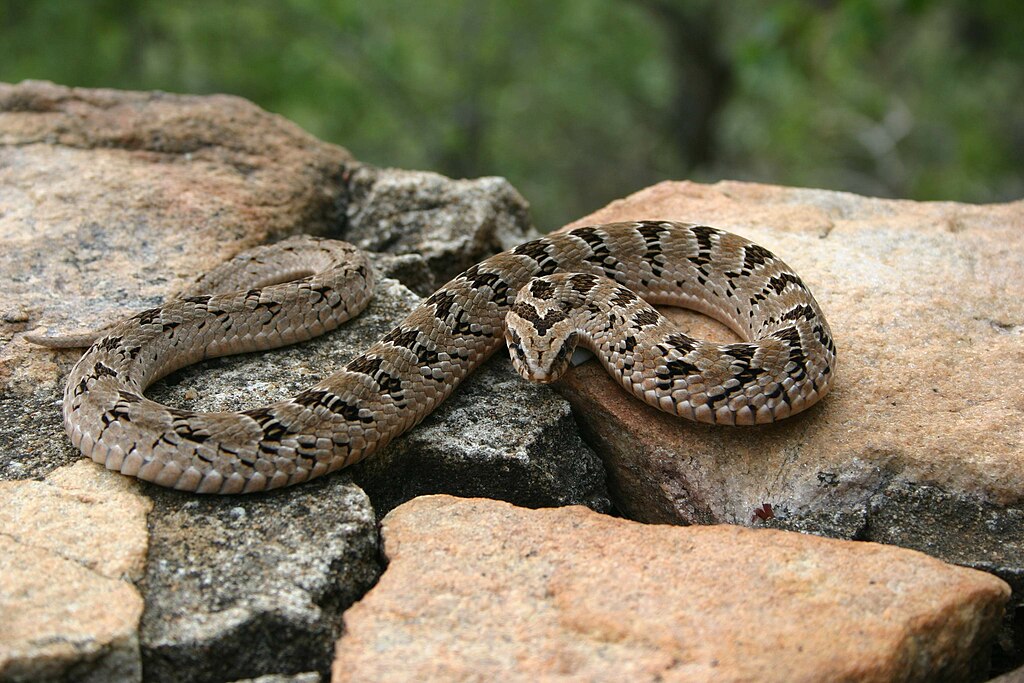
Understanding why snakes flick their tongues against their own scales has important implications for captive snake husbandry and veterinary care. Increased self-directed tongue flicking can be an early warning sign of health problems, skin irritations, or improper environmental conditions in captive snakes. Responsible snake keepers should monitor changes in tongue flicking behavior, particularly when it becomes focused on specific body regions, as this might indicate issues requiring veterinary attention. Providing appropriate substrates and humidity levels can reduce abnormal self-directed tongue flicking related to shedding difficulties or skin irritation. For veterinarians, observing patterns of self-directed tongue flicking can be a valuable diagnostic tool when assessing snake health, often revealing problem areas before they become visually apparent.
The Evolutionary Advantage of Self-Chemical Assessment

The ability of snakes to chemically monitor their own bodies through tongue flicking represents an elegant evolutionary solution to several challenges faced by limbless reptiles. Without appendages to groom or examine their bodies, snakes have evolved this sophisticated chemical self-monitoring system that provides detailed information about body condition without requiring visual inspection. This adaptation offers significant survival advantages by allowing early detection of injuries, parasites, or diseases that might otherwise progress unnoticed. The same sensory system that evolved primarily to detect prey and predators has been repurposed to include self-monitoring functions, demonstrating the remarkable efficiency of natural selection. For animals with elongated bodies that can span several meters in larger species, this chemical self-awareness provides a comprehensive monitoring system that works along the entire length of the snake.
In conclusion, when we observe a snake flicking its tongue against its own scales, we’re witnessing a sophisticated form of self-monitoring that provides these remarkable reptiles with crucial information about their health, reproductive status, and overall condition. This behavior, far from being random or purposeless, represents an elegant sensory adaptation that compensates for the snake’s lack of limbs and limited visual access to its own body. By understanding the multiple functions of self-directed tongue flicking, we gain deeper appreciation for the complex sensory world of snakes and their remarkable evolutionary adaptations. For scientists and snake enthusiasts alike, these seemingly simple behaviors continue to reveal the extraordinary sensory capabilities of these fascinating reptiles.





